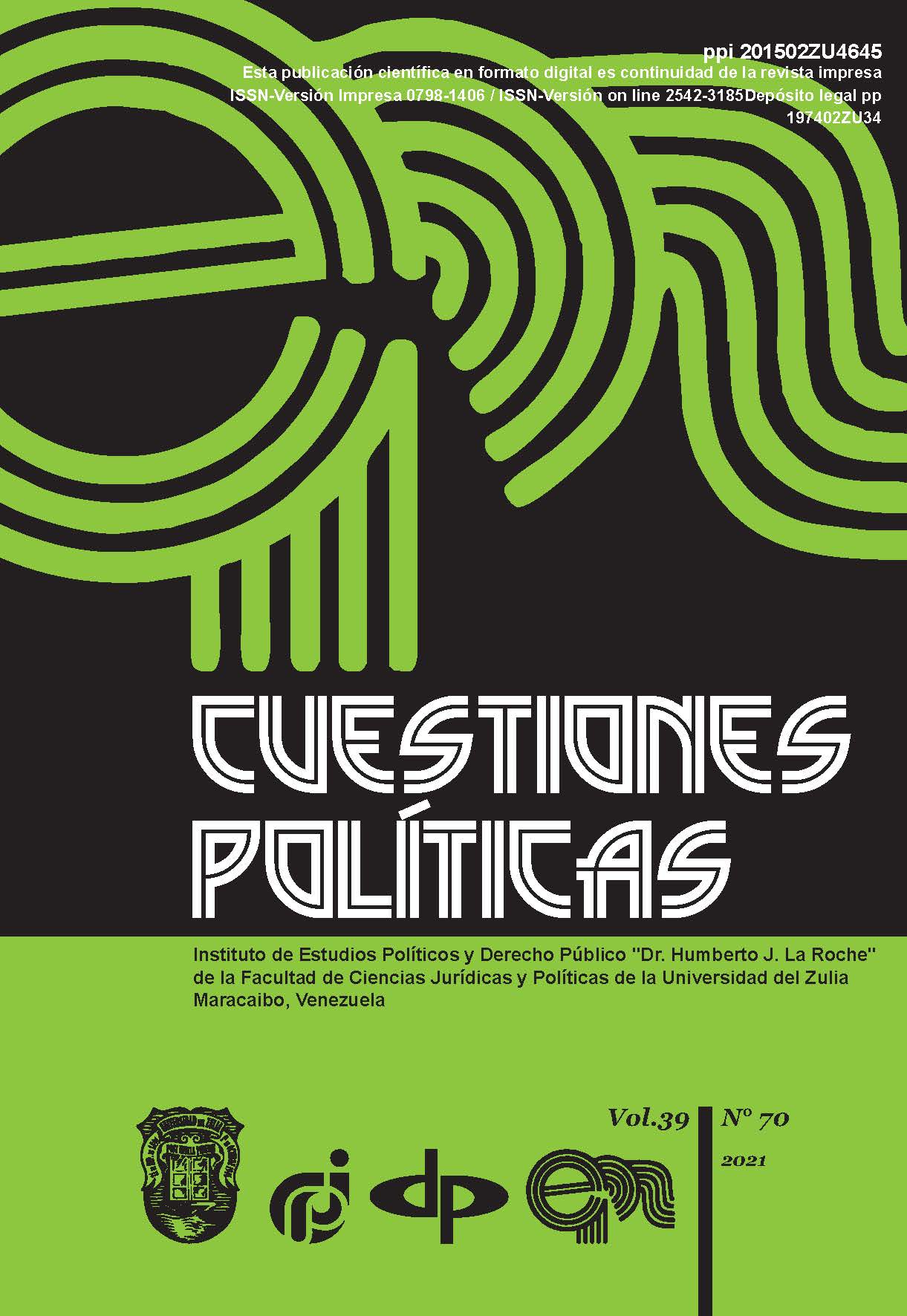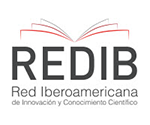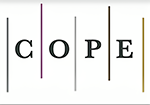The Attitude of Iran’s Criminal Policy Towards the Observance of the Culprit’s Right to Silence in the Trials
Abstract
The primary concern of justice department law enforcement as the arms of the criminal justice system is the rapid discovery of the crime. This article seeks to investigate the attitude of Iran’s criminal policy or, more specifically, Iran’s criminal policy towards the observance of the right to remain silent in trials. In line with this, the problem of the study translates into the question: what are the results of the observance of the right to silence of the accused in the different stages of the criminal process? Utilizing the documentary investigation method, issues related to the right of the accused to remain silent in Iran’s criminal proceedings at the stage of discovery of the crime, the initial investigation stage, and the trial stage in Iran’s laws on criminal procedures were investigated seminally. Among the main conclusions is that Iran’s trial system, which was in line with the inquisitorial trial system, changed its procedures with the passage of the law on criminal trial procedures in 2013 and was influenced by the effect of
international human rights regulations.
Downloads
References
AKHUNDI, Mehdi. 2002. “Penal trial procedures” In: Tehran: ministry of Islamic culture and guidance. Vol. 26, No. 3, pp. 98-119.
ARDABILI, Mohammad. 2006. “Informing about the charges, the right to be informed of the subject and proofs of accusation” In: Journal of law. No. 17, pp. 214-228.
ASHURI, Mehdi.2017. Penal trial procedures. Samt. Tehran, Iran.
DEHGHANI, Mahdi. 2018. “MA dissertation on the culprits’ right to silence and its effects in various stages of penal trial” In: Markaz University, Kermanshah Branch. No. 14, pp. 26-33.
GORDON, Richard; WARD, Tim. 2000. “Judicial Review and the Human Rights Act” In: London: Cavendish publishing. Vol. 13, No. 9, pp. 118- 129.
HAIDARI, Emad. 2015. “The defense rights of the culprits in the surveillance period in the law on the penal trial procedures and comparison with those in the laws of England” In: Seasonal journal of the judicial law perspectives, summer. Vol. 7, No. 1, pp. 30-42.
HAJI DEH ABADI, Ali; AKRAMI SARAB, Ramin. 2010. “Jurisprudential basics of the culprits’ right to silence in the penal lawsuits” In: Seasonal journal of Islamic laws. Vol. 25, No. 7, pp. 114-129.
HASHEMI, Milad. 2004. “The human right and the concepts like parity, fairness and justice”, In: Tehran University Press, Vol. 9, No. 1, pp. 188-280.
HOCKING, Barbara Ann; MANVILLE, Laura Leigh. 2001. “What of the right to silence: still supporting the presumption of innocence, or a growing legal fiction?” In: Macquarie Law Journal. Vol. 1, pp. 151-73.
MADANI, Javad. 1990. “The constitutional laws of Islamic Republic of Iran” In: V.6, Tehran: Morovvati. Vol. 12, No. 6, pp. 179-182.
MO’ZZENZADEGAN, Hasan. 1998. “Laws on petition, defense right in the Islamic Republic of Iran’s constitution” In: Tehran: seasonal journal of the legal perspectives. Vol. 15, No. 2, pp. 159-190.
NASERZADEH, Hamid. 2013. “Compensating the losses stemming from the custody of the innocent culprits” In: Tehran: legal-judicial journal of justice department. Vol. 11, No. 6, pp. 77-86.
RAHMDEL, Mehdi. 2006. “Right to silence” In: Legal journal of justice department, Tehran. Vol. 8, No. 4, pp. 56-57.
RAO, Jim. 2002. “Low commission of India: Report on Article 20 (3) of the constitution of India and Right to Silence” In: New Delhi. Vol. 16, No. 1, pp. 159-170.
SANDEVS, Alex; RICHARD, Yep. 2000. Griminal justices. Third Edition. Oxford university press. Oxford, UK.
SHIRAZI, Ali. 2013. “Judicial justice, a lesson from experience and history” In: Journal of Tehran’s bar association. Vol. 18, No. 1, pp. 47-69.
YEKRANGI, Mohammad Reza. 2018. “The culprits’ right in the modern penal justice” In: The conference on the citizenship rights” the press and publication center of the judicature’s headship domain. Vol. 19, No. 6, pp. 112-128.
Copyright
The authors who publish in this journal agree to the following terms:
The authors retain the copyright and guarantee the journal the right to be the first publication where the article is presented, which is published under a Creative Commons Attribution License, which allows others to share the work prior to the recognition of the authorship of the article work and initial publication in this journal.
Authors may separately establish additional agreements for the non-exclusive distribution of the version of the work published in the journal (for example, placing it in an institutional repository or publishing it in a book), with an acknowledgment of its initial publication in this journal.
This work is under license:
Creative Commons Reconocimiento-NoComercial-CompartirIgual 4.0 Internacional (CC BY-NC-SA 4.0)





































